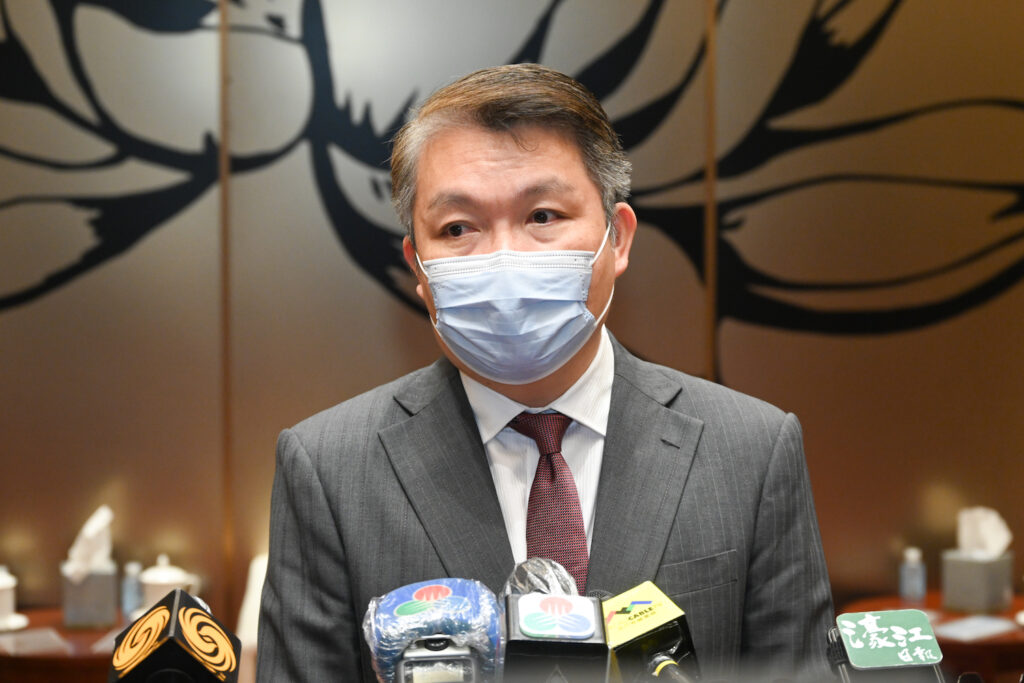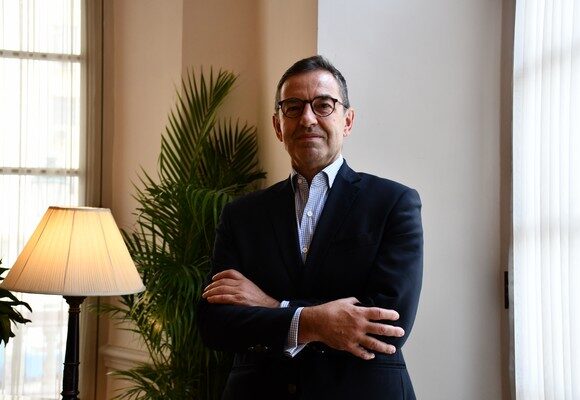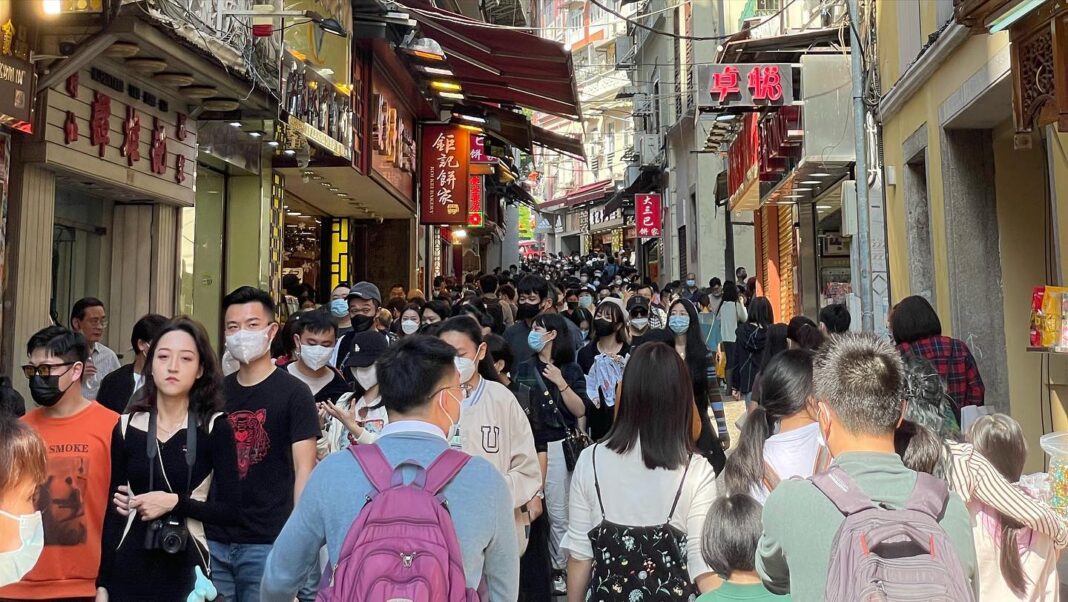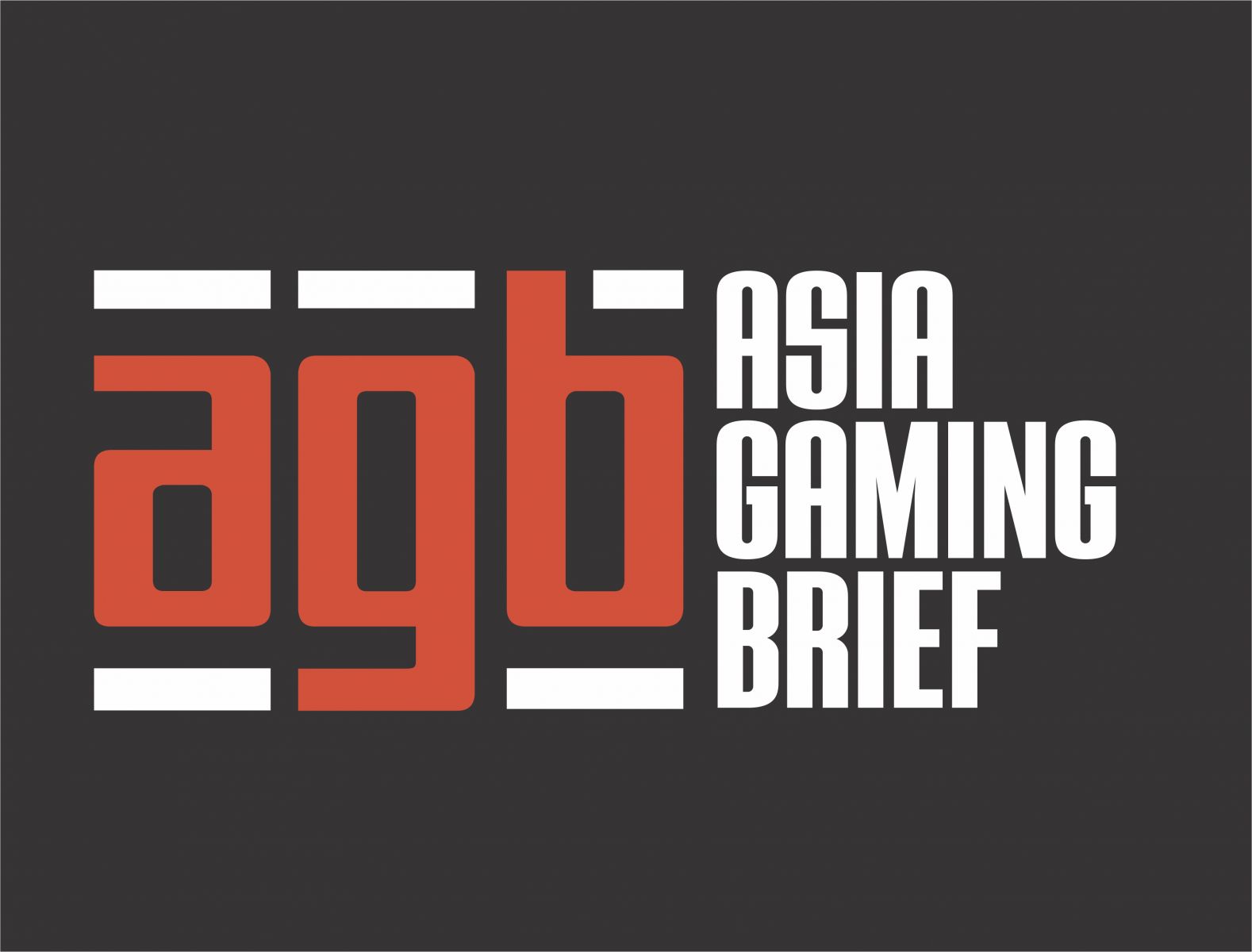Macau is banking on its second-largest tourist market for its recovery, with the city pushing hard to increase numbers from Hong Kong, not only by opening up its wallet but also by welcoming representatives from the city and its tourism sector to enjoy its tourism offerings.
The move to open up, launched on January 8th and eliminating all entry restrictions between Hong Kong, Macau, mainland China and Taiwan, has already prompted a return in tourist numbers, with Macau recording its highest daily figures of visitors since before its last lockdown.
This has prompted Macau’s Economic Association to increase its estimate that the city’s economy will rebound within the first quarter of the year – the main driver being the relaxation of entry requirements.
A daily average of over 51,000 tourists was registered over the weekend, according to Macau Business.
Expectations are now for the Chinese New Year holiday to drive up to 67,000 daily visitors to the SAR, at the peak of the holiday season.
Macau last Friday also launched a promotional campaign to bring in Hong Kong tourists, expected to cost the government up to MOP30 million ($3.73 million) over a three-month period, by offering a free return ticket for those coming in from Hong Kong by ferry or bus.
The ferry operators are both linked to gaming concessionaires (for Cotai Water Jet the link is direct as it is operated by Sands China, TurboJet is operated by Shun Tak – run by the legacy gaming Ho family. The bus company is also indirectly linked to Pansy Ho, co-chairperson of MGM China.

Speaking of the opening up to Hong Kong, Macau’s Secretary for Economy and Finance, Lei Wai Nong, noted that “The winds are in our favor and already in the beginning of 2023, good opportunities are beginning to arise. After the end of the entry restrictions, in recent days, we have registered a progressive increase in the number of tourists from Hong Kong. The links between the two cities have also started to return to normal. We make a good team, with Hong Kong being the second-largest tourist market for Macau. Hong Kong is indispensable for the revitalization of Macau’s tourism economy and is an important component in the diversification of Macau’s tourism structure”.
Regarding Macau’s return to normal, after a dismal three years of economic distress, the Secretary affirmed that “We are confident that Macau is ready for a total recovery of its economy and its tourism sector. Alongside the signing of contracts with the SAR’s gaming concessionaires, in the future, the government will collaborate the (gaming) sector to promote leisure tourism. We will open a new chapter in Macau’s positioning as a “world center of tourism and leisure” and create new standards for the development of Macau’s tourism sector.”
Macau’s tourism head, Helena de Senna Fernandes, noted that the city had seen an average of 7,000 tourists from the neighboring SAR in recent days, noting that they would continue their promotional campaigns, as well as “finding new investment opportunities”.
Despite the high expectations for Chinese New Year visitation from both Hong Kong and mainland China, the SAR’s primary markets, some industry voices are warning that the hotel sector is not yet at full capacity, estimating hotels can only operate up to 80 percent during the period due to manpower shortages.

Speaking to TDM Canal Macau, the president of the Macau Hotel Association, Luís Herédia, noted that “there’s been an ideal response from tourists and hotels both, with retail and restaurants also feeling the benefits of the increase.
Overall, the manpower issue is the main problem. Currently we don’t have the capacity to offer the services to the tourists in the best manner. That will always create some problems.”
The association head notes that only by addressing the manpower issue head-on, both by authorities and operators themselves, will it be possible to push above the 70 or 80 percent hotel occupancy he expects, as a way to maintain hotels’ quality standards.























